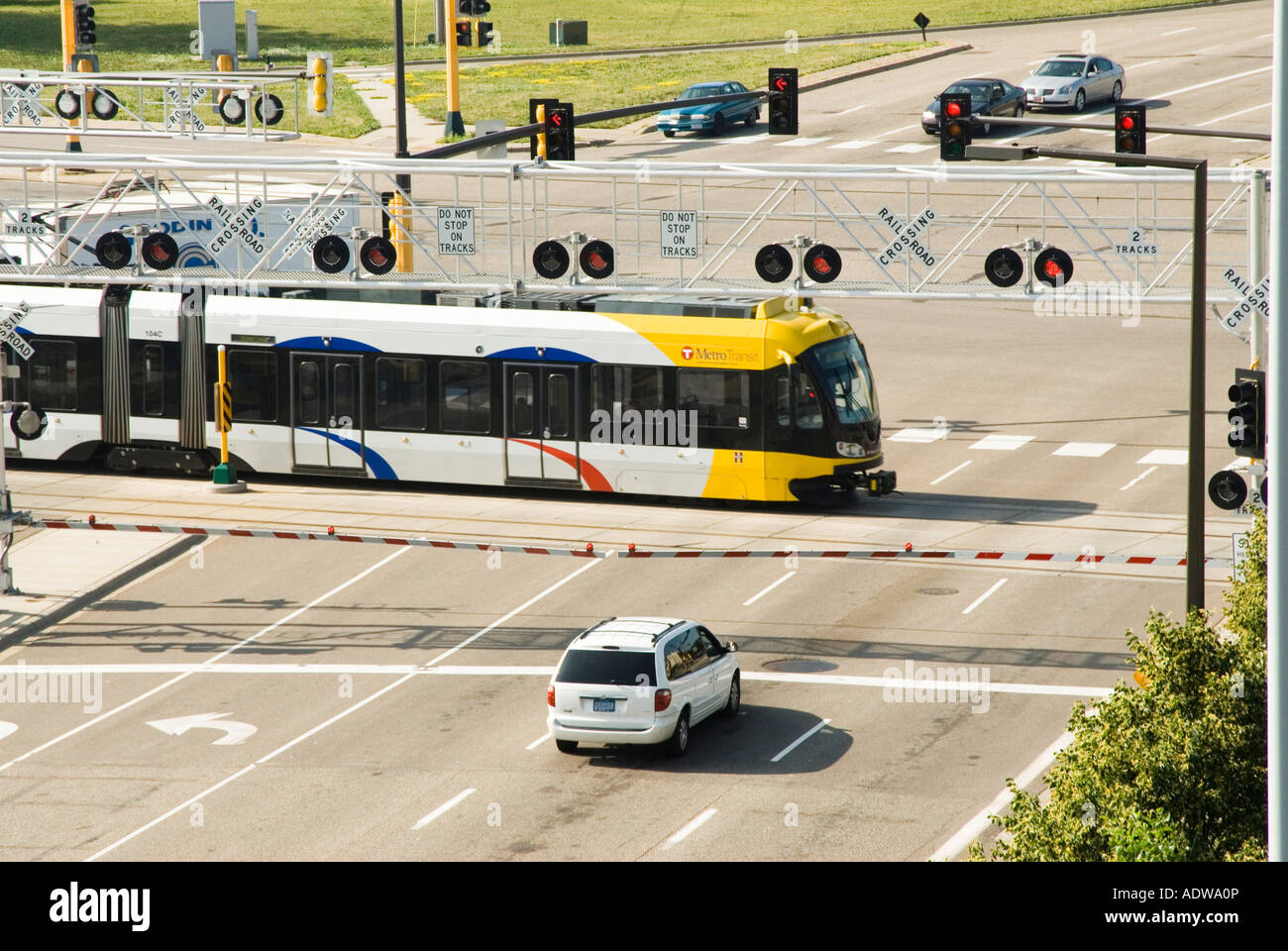crs1026
Superstar
Just me or do none of these look anywhere close to completion?
They sure don't look like they were at a point two years ago, or a year ago, that would have allowed anyone to say confidently that the project would finish on time. Yet, that's what everyone - ML, last government's politicians, and this government's politicians - all said.
I wonder how long ago they first realised that the target date wouldn't be met.
I'm not surprised by any of the delays. In the context of a project of this size, delays and schedule slippage is to be expected. Crosstown hasn't had the kind of huge halts - construction worker fatalities, or technical showstoppers, or rework - that would imply bad management.
To me, the lesson learned is that any future transit project in this city must have an oversight/audit office that is beyond arms length from both the project sponsor and the politicians. That office has to have access to every bit of data and have a mandate to report publicly on project status - spending, work completion, and work targets - without influence from politicians or project management. Kind of a super-Auditor General, super-SIU kind of role.
The issue is truthfulness. There has been none of that on this project.
- Paul
Last edited:





